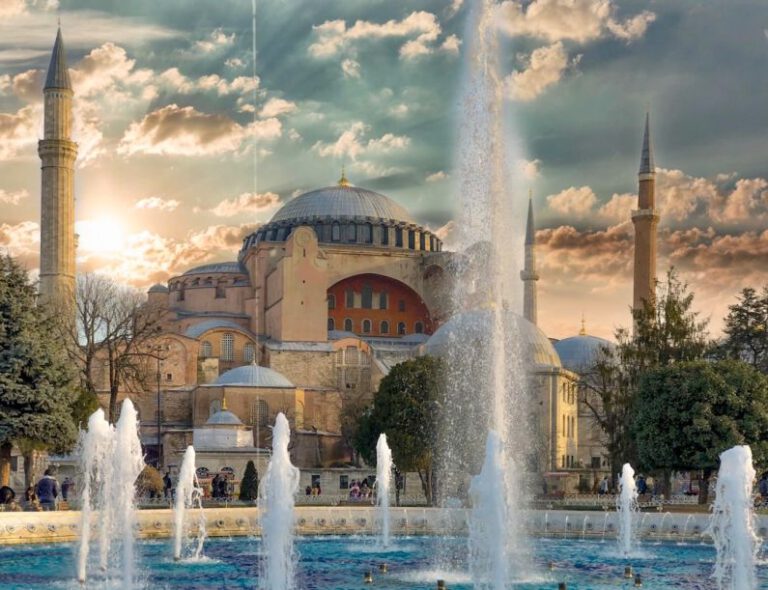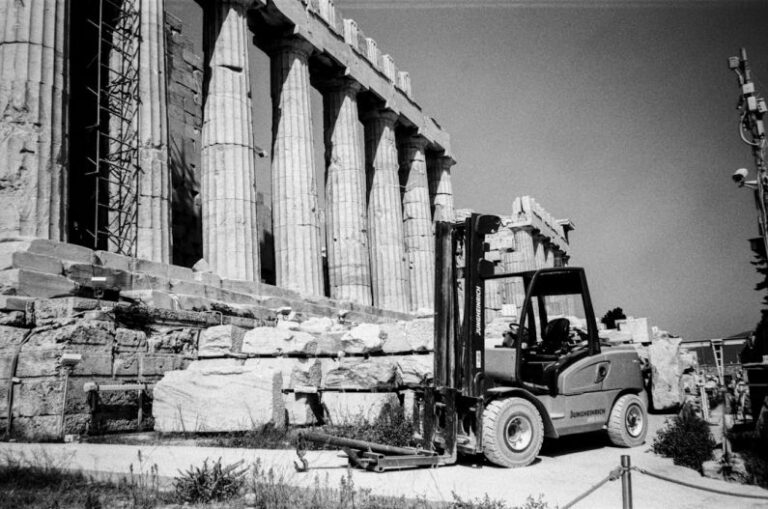The Great Wall Reborn: Preserving China’s Mighty Defender
Stretching over 13,000 miles across China, the Great Wall stands as a testament to ancient engineering and military prowess. Built over centuries by various dynasties, this iconic structure has not only withstood the test of time but has also become a symbol of China’s rich history and cultural heritage. Today, efforts are being made to preserve and protect this architectural wonder for future generations to marvel at and learn from.
The Historical Significance
The Great Wall of China, a UNESCO World Heritage Site, is a marvel of ancient architecture that dates back to as early as the 7th century BC. Initially built as a series of smaller walls by different states to protect against invasions, it was during the Qin Dynasty (221-206 BC) that the walls were connected and reinforced to form what we now know as the Great Wall. Subsequent dynasties, including the Han, Sui, Jin, and Ming, further extended and fortified the wall to enhance its defensive capabilities.
Preservation Efforts
In recent years, the Chinese government has undertaken extensive preservation efforts to safeguard the Great Wall from natural erosion, human encroachment, and urban development. Conservation projects focus on repairing damaged sections, preventing vegetation overgrowth, and controlling visitor access to ensure the wall’s long-term survival. Additionally, the use of modern technology, such as drones and satellite imaging, has aided in monitoring and assessing the condition of the wall more effectively.
Challenges in Preservation
Despite ongoing conservation initiatives, the Great Wall faces several challenges that threaten its integrity. Climate change, with its accompanying extreme weather events, poses a significant risk to the structure, leading to erosion and structural damage. Furthermore, unauthorized restoration attempts by individuals seeking to profit from tourism have resulted in irreversible harm to certain sections of the wall. Balancing the need to preserve the wall with the demand for tourism presents a delicate challenge for authorities.
Balancing Tourism and Conservation
As one of China’s most popular tourist attractions, the Great Wall draws millions of visitors each year, contributing significantly to the local economy. However, the influx of tourists also brings environmental concerns, such as littering, vandalism, and wear and tear on the fragile structure. To address these issues, the Chinese government has implemented measures to regulate visitor numbers, promote responsible tourism practices, and raise awareness about the importance of preserving the wall for future generations.
Innovative Conservation Strategies
To combat the threats facing the Great Wall, conservationists are exploring innovative strategies to protect and maintain this cultural treasure. One such approach involves the use of eco-friendly materials for repairs and restoration, minimizing the environmental impact of conservation efforts. Additionally, community engagement programs aim to involve local residents in the preservation process, fostering a sense of ownership and pride in safeguarding their heritage.
Safeguarding for Generations to Come
Preserving the Great Wall of China is not just a matter of protecting a historical landmark but also a legacy for future generations. By implementing sustainable conservation practices, raising awareness about the importance of cultural heritage, and fostering a sense of stewardship among visitors and local communities, we can ensure that the Great Wall continues to stand as a symbol of China’s enduring strength and resilience.
The Great Wall Reborn
As we look to the future, the preservation of the Great Wall remains a priority for China and the global community. Through collaborative efforts, innovative conservation strategies, and a shared commitment to safeguarding this cultural treasure, we can ensure that the Great Wall stands strong for centuries to come, a testament to human ingenuity and perseverance in the face of challenges.






